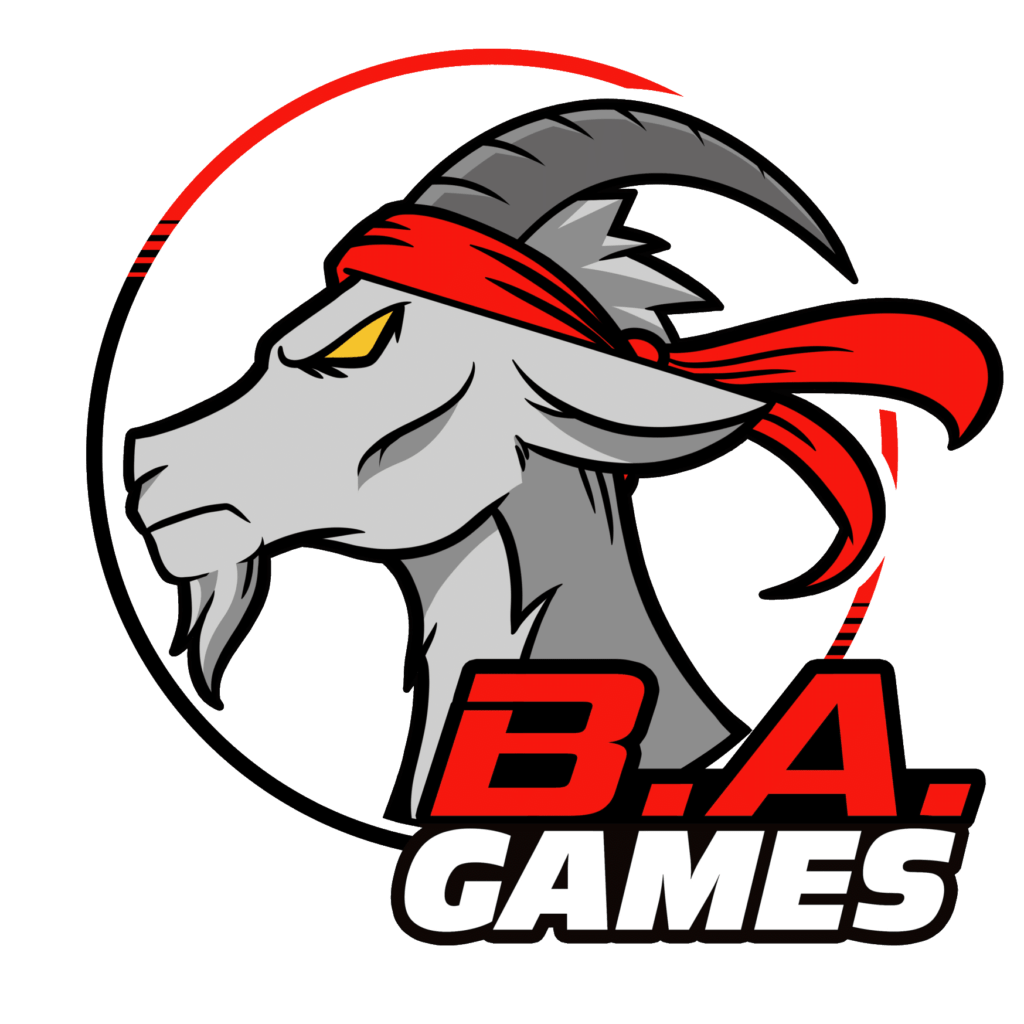Hey there. It’s Joe Slack from the Board Game Design Course. Sam and the team at B.A. Games were kind enough to let me write a guest post on their blog, and I chose a topic that I both have some familiarity with and that we felt would be helpful to other aspiring game designers like you. So, we’re going to dive into how to know your game is ready for Kickstarter.
After having run 3 Kickstarter campaigns (2 successes following 1 failure) and having studied what it takes to be successful on Kickstarter, I wanted to share my top 3 signs that you’re ready to launch.
If you’re looking to self-publish your game, consider this a checklist of all the things you’ll want to have in place well before you hit that launch button.
#1 Your Game is Amazing
If your goal is to successfully Kickstart your game, the first thing you need to ensure is that your game is amazing, and that people really enjoy playing it (and want to come back for more).
There is a lot of competition in the board game world, with thousands of games being launched on Kickstarter every year (4,490 in 2020 and 2,439 in the first half of 2021 alone!). So, your game has to stand out. It has to be interesting and innovative. It has to do something different than all the other games on the market.
Your game has to be amazing enough to make people want to back your campaign over all the others out there. People have a limited amount of disposable income and only so much they can allocate to board games, so your game has to really stand out. It’s not enough to have just a “good” game.
After all, if your game isn’t amazing, then it’s going to be a tough sell.
#2 You Need an Audience
It is so critical to bring your own audience to your Kickstarter campaign. You can’t rely on the hope that “if you build it, they will come.”
Having an amazing game is a great first step, but if nobody knows about it, you’re not likely to hit your funding goal. Even an “ok” game with great marketing will do better than an amazing game that nobody knows about. So, you need to build an audience.
The best way to do this is by getting anyone who is interested in your game to sign up to your email list. Whether you’re demoing your game at a convention, talking about it online, or wherever you can, you need to get people to go from interested to a subscriber. You also have to keep them engaged by sharing backstories, art, and interesting facts about your game or game design journey.
Some suggest that about 10-20% of your email subscribers will actually back your game. You want your game to fund quickly so that it gets more attention and draws more people in; so, if you can build up your email list to the point where 10-20% of them would make up the funding goal, you’re in a really good position and can be more confident that your project will succeed.
Without a solid number of supporters, you’re not likely to fund (or at least not without a LOT of effort).
#3 You’ve Set Your Campaign up for Success
You have an amazing game.
You’ve built up a sizable audience of raving fans.
But you’re not quite there yet. You still need to put everything together so that your campaign page is ready, you can offer pledges and shipping that are accurate for your project, and you can transition to the next steps of manufacturing, shipping, and fulfilment once your campaign ends successfully.
Before the campaign, you’ll want to prepare several other things in advance. These include the following steps:
- Put together a project plan
- Find an artist and graphic designer, then commission some art for your game (or all of it if you’re able)
- Set up your landing page and email service provider
- Promote your game and collect email addresses
- Set up a Facebook group for your game (optional)
- Get manufacturing quotes and decide on a manufacturer
- Record your Kickstarter video or hire this out
- Get prototypes made
- Contact reviewers and influencers and get them to review and promote your game
- Start putting together your Kickstarter page and launch your notification page
- Research and determine your shipping and fulfilment partners
- Finalize your pledge levels, pricing, stretch goals, and funding level
- Determine your launch date and ensure it’s not coinciding with other big launches (and announce your launch date in this spreadsheet as well)
- Get feedback on your Kickstarter page and make improvements
- Run ads leading up to your campaign (optional)
I go even more in-depth on each of these steps in this article on the Board Game Design Course blog.
As you can see, there’s a lot of work that goes into launching a successful Kickstarter campaign. There are a whole lot of things you need to do that are way beyond game design and require a completely different set of skills.
But if you’re willing to put in the effort and ensure your game is ready before you hit launch, you too can have a successful Kickstarter campaign.
If you’re thinking about launching your game on Kickstarter sometime in the future, check out my Kickstarter Success Checklist. It will give you step-by-step pre-launch steps, a list of important tasks to complete right after you hit launch, and tips on how to keep your campaign going strong.
What other indicators do you feel tell you that your game is ready to launch on Kickstarter?
Please leave a comment and share your thoughts!

A wealth of info, thank you.
Thank you and I’ll let Joe know. 🙂